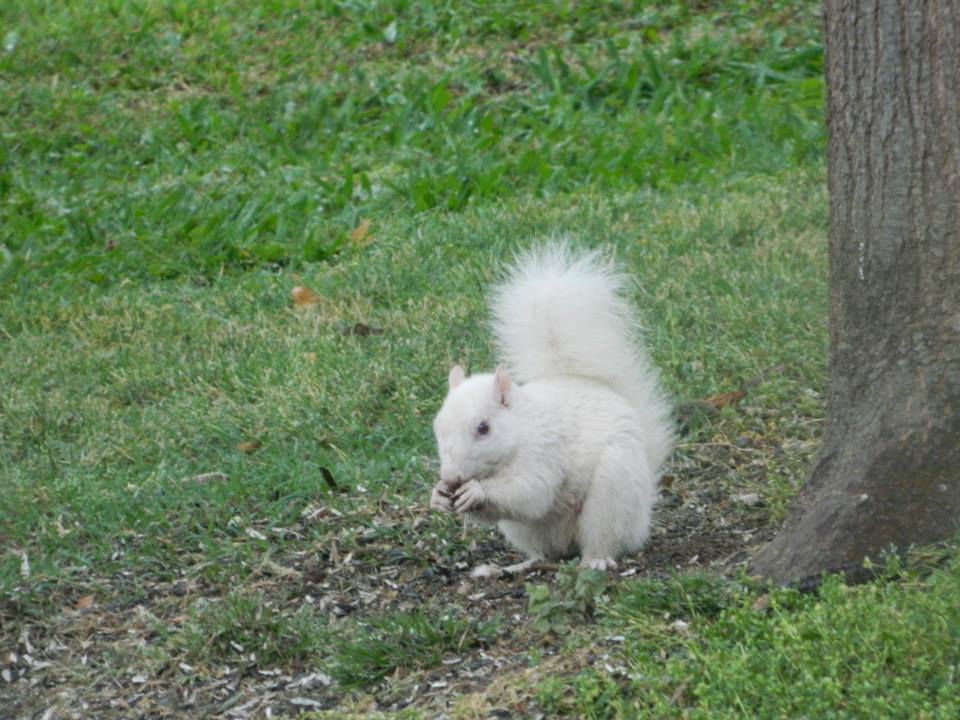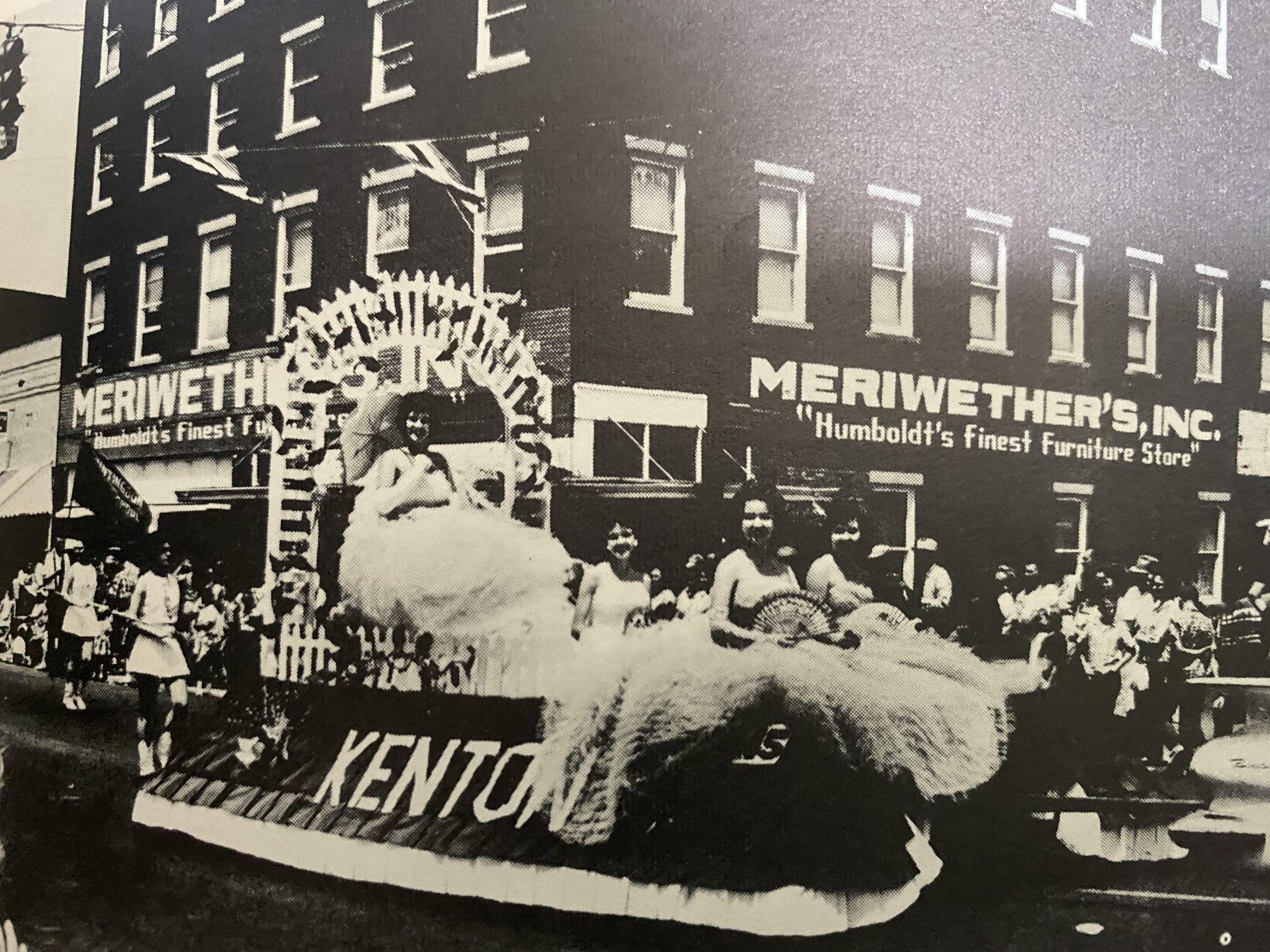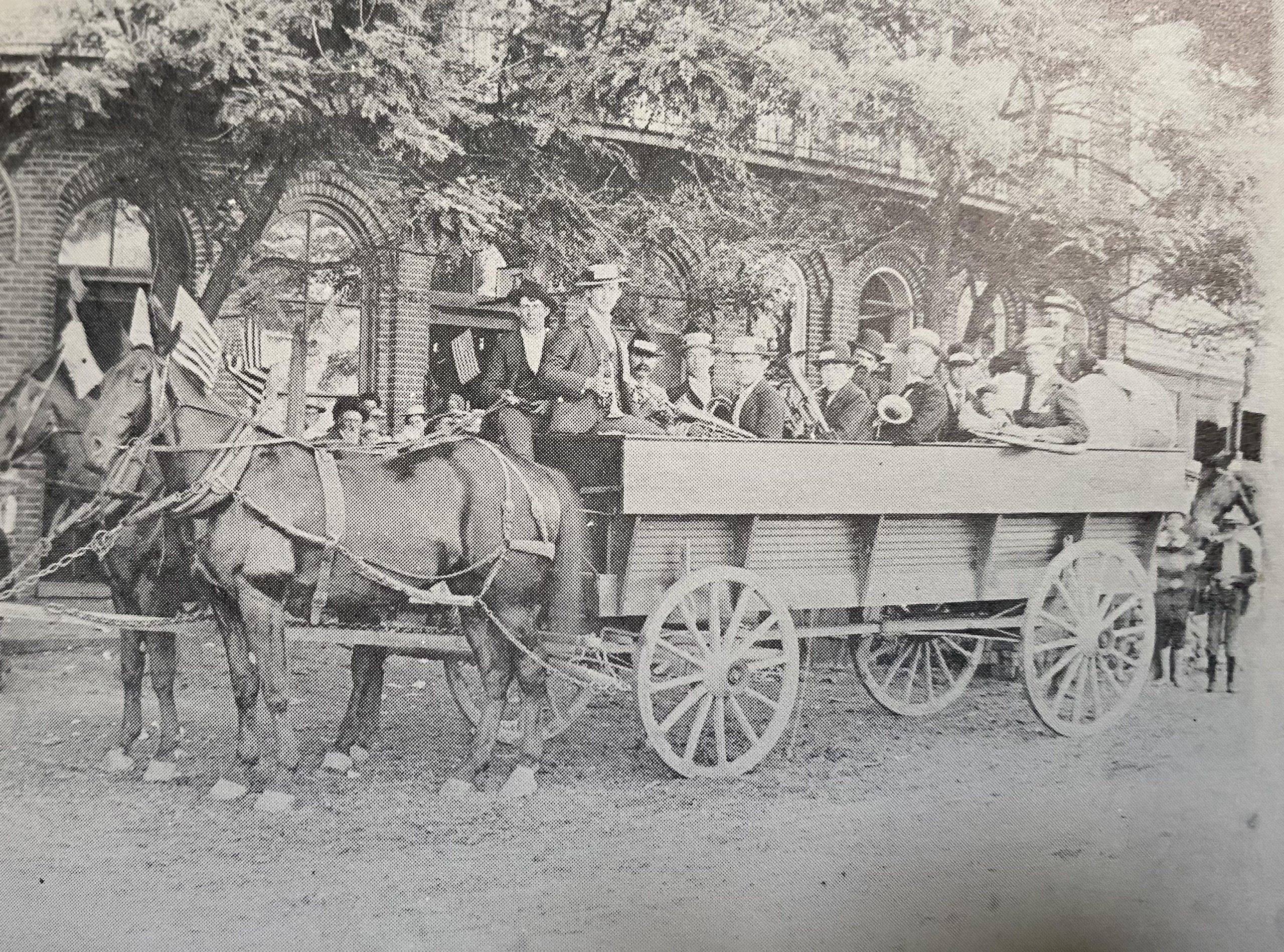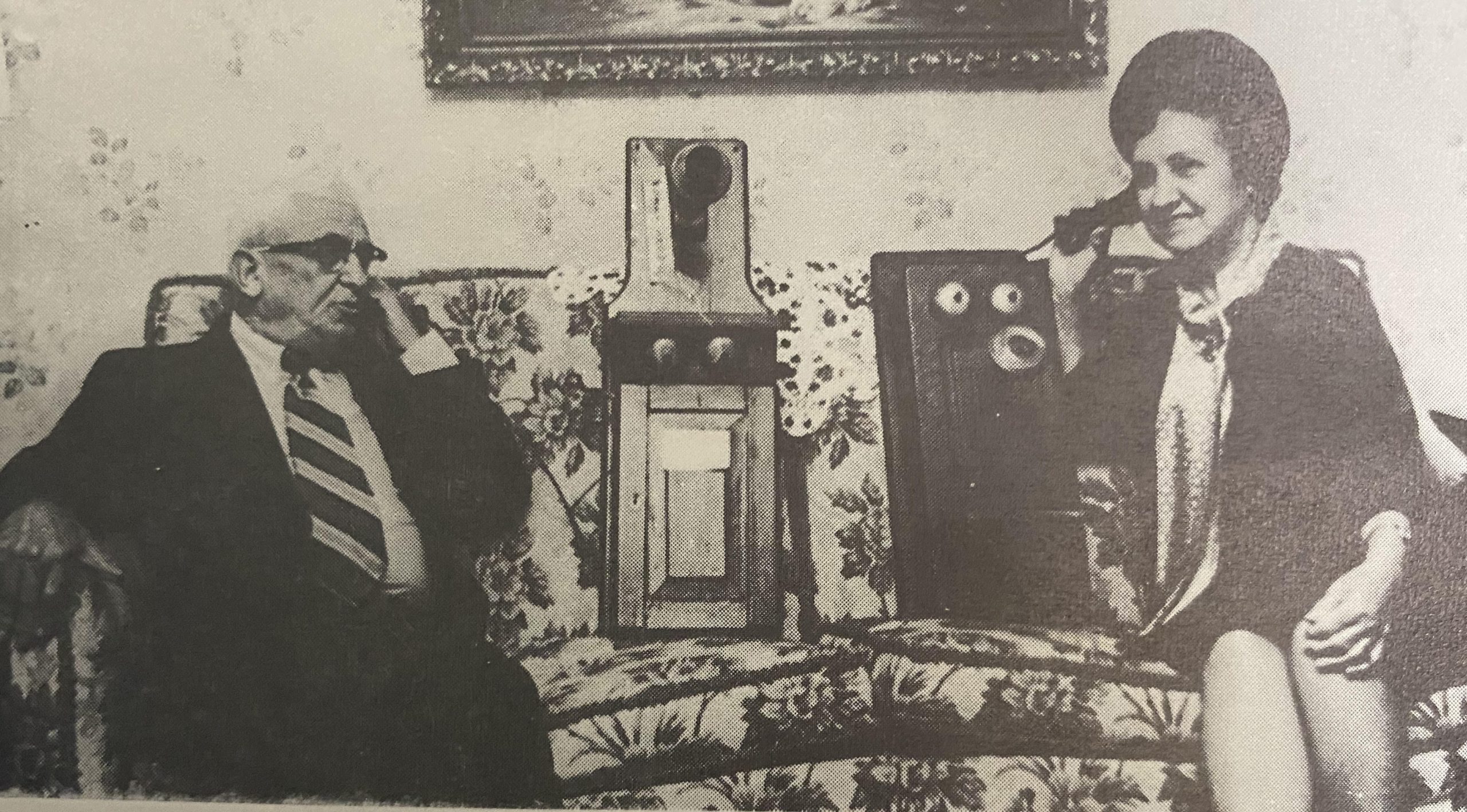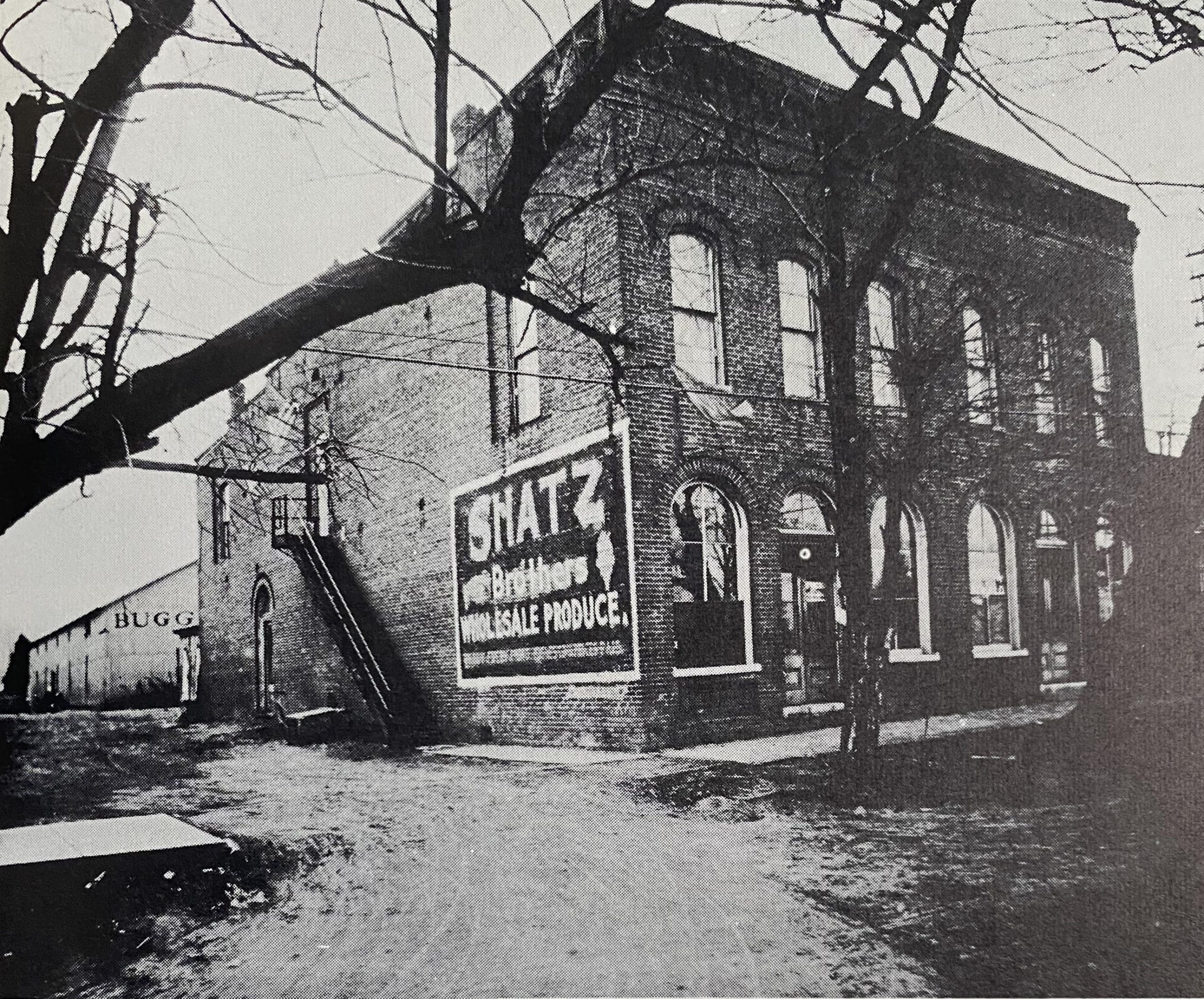kenton HISTORY
A Town Rich with History
“The little town of Kenton, West Tennessee, in Obion and Gibson counties, was named for the Kentucky pioneer, Simon Kenton. In the history of every town, no matter how small, there are so many interesting facts to tell allthat it would fill a book with many volumes. Many years ago the land where our town is located belonged to Mr. John R. Moore, who moved here from Dresden.”
“Kenton was first incorporated in 1874 with W.C. Pharr as mayor who left the town in good financial standing.” (excerpt from Kenton: Folklore and Fact taken from an unidentified newspaper in a scrapbook of Miss Adrian Baucom)
Currently, the city holds over 1000 citizens, nearly double the amount from its most progressive point in the 1900s. It’s also booming with great businesses, remarkable people, and a rich history that is engrained in every aspect of this beautiful town.
Although there are many other events and scores of individuals that deserve recognition, we hope that this service as a space where the Ketnon people can learn more about its fine history.
200+
White Squirrels
1,195
Residents
2.0
square miles
25
bUSINESSES
Our Community
As information is passed from one generation to the next, we can see a collective history of Kenton and how it came to be such a beautiful place to call home. Today, residents of the city of Kenton share a love of this community and strive to continue to make it a better place with each passing year.
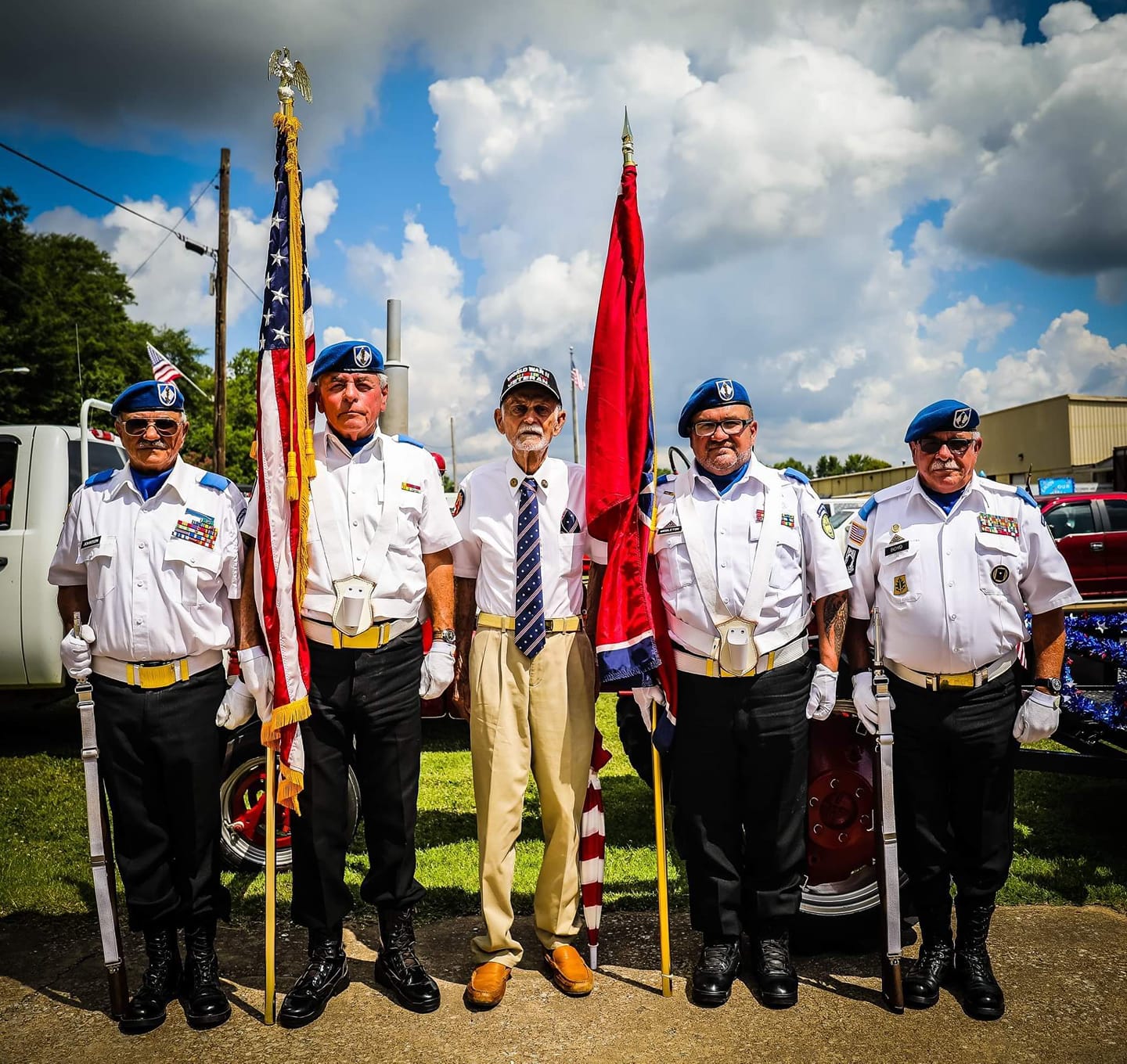
Notable People
- Simon Kenton – City’s Namesake; U.S. Frontiersman
- Carl Bell – American Musician
- Rags Faircloth – Marjor League Baseball Pitcher for the Philadelphia Phillies
- Memphis Pal Moore – 2010 International Boxing Hall of Famer
- Bill Sanderson – Republican member of the Tennessee House of Representatives (2011-2019) and owner of the White Squirrel Winery
- Dr. Earl Ramor – Former President of the NCAA
- Tom Wade – President of the UTM National Alumni Association
Legacy of the
White Squirrels
Kenton’s White Squirrel Festival is a notable, week-long celebration centered around July 4th each year. Getting its name from the notable white squirrel population, our festival draws not only local spectators, but we have patrons that drive from Kentucky, Missouri, and other states to view our fireworks and partake in festivities.
You can find out more information on our events, how to volunteer, and what will be going on throughout the year by visiting this our page.
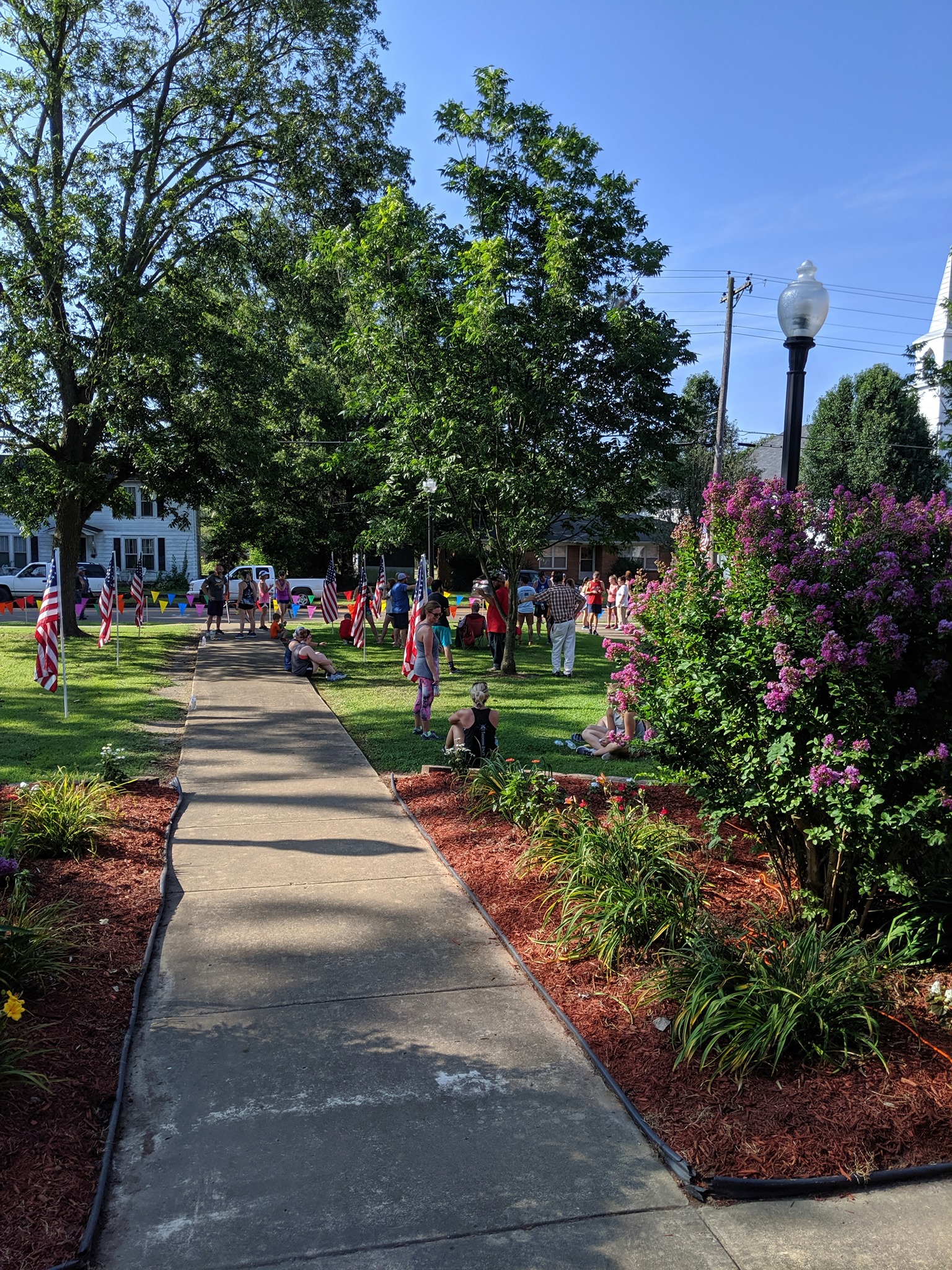
Our Kenton Timeline
According to Kenton: Folklore and Fact, Kenton was named after Simon Kenton, who was at the time famous for being a frontiersman, hunter, and warrior of the Kentucky region.
It is said that the real mark of Kenton’s existence was the founding of the first store by John R. Moore who had come from Dresden. In Goodspeed’s History of Tennessee, 1852 is given as the official date that Kenton “was established on the Mobile & Ohio Railroad, near the line dividing Obion and Gibson counties.” According to Kenton: Folklore and Fact, “The starting point of the first survey of the town was marked by an iron coupling pin buried in the center of Main Street on the west boundary line of the depot grounds.”
It continues, “Never will a day in the town’s history hold more importance for its citizens than that day of the first train in 1857. It was a real celebration, and most of the people of the surrounding area came to see that ‘wonder.'” With this train activity, Kenton boomed with people and viable business.”
According to tradition, Kenton was incorporated in 1872. And evidence of a survey in the town was recorded in the Obion County Reister on October 31, 1871.”
According to Kenton: Folklore and Fact, “Although the period through the 1800s was principally one of settlement and development in the Kenton area, the 1900s might be called the period of progress.”
In 1911, the first subdivision was built. In 1912, the mail delivery was established. In 1914, the electric lights and waterworks were made part of the town. In 1920, the first paved higway “really put Kenton on the map!” In 1961, an installation of the sewerage was built, and in 1968, a street improvement program was implemented.
Although it is said that Kenton was affected by the Great Depression, “a thriving spirit of this little town was revealed.” According to Kenton: Folklore and Fact, Kenton launded massive efforts to help Mississippi River flood victims of 1937 who were driven from their homes. Refugees were housed in the Freeman and Wade Implement Company building.
“Progress of this town did not go unrecognized; for the years between 1951-1953, the town was rated number one in the state in the Tennessee Municipal League for Progress. In 1954, even more progress was made when “Mayor R.C. Rilghman dialed Dr. A.H. Gray, Sr.” as the new telephone system had been replaced.
Unfortunately, with great strides also comes great peril. On June 4, 1967, the “wonder” train had a mass derailment which caused 32 of 168 cars to pile up. No person was hurt, but the “wonder” brought “hundreds of spectators from miles around.” In June 1968, only a year after and a few feet from the last tragedy, a fire consumed the Kenton Hotel, “a building that had been erected on the south end of Main Street in approximately 1907.”
According to Kenton: Folklore and Fact, “With the growth of industry in Kenton and surrounding towns, Kenton’s 1900 population of 670 person has more than doubled by the beginning of the 1970s.” It continues, “According to 1972 city records, there are over 50 businesses in Kenton and about 565 houses of all types.”
In addition, “On June 6, 1972, a representative for the Kenton Jaycees asked the City Board for the support of the City to have a Centennial for the city.”
Also, in 1972, Shatz Brothers Wholesale Produce became the oldest building standing in Kenton.
According to Kenton: Folklore and Fact, “Kenton’s entry in the Humboldt Strawberry Festival in 1972 won first place honors in the Most Original Division in the festival’s parade. The float was designed and built by the Kenton Jaycees. Notably, strawberries in the 1940s were a major crop of economic importance in Kenton until replaced around the 1950s with corn and soybeans. One of the oldest farms in Kenton was the Wade Family Strawberries which began in 1925 and eneded its operation in 2011.
Presently, the city of Kenton continues to uphold the beauty and history that its land has to offer.
Each year a special July event is held called the White Squirrel Homecoming. This event highlights the many rare white squirrels that still reside inside Kenton’s city limits. The homecoming is held and coordinated by the White Squirrel Committee. During Christmas, the White Squirrel Committee celebrates with an annual Christmas parade.
City of Kenton also opens its doors to its citizens with its monthly board meetings scheduled every first Tuesday at 7 PM in the conference room of the city hall. To view the minutes of the meeting, click here.
Kenton is also home to many thriving businesses, beautfiful churches, schools, special landmarks, and lives near many close attractions.

